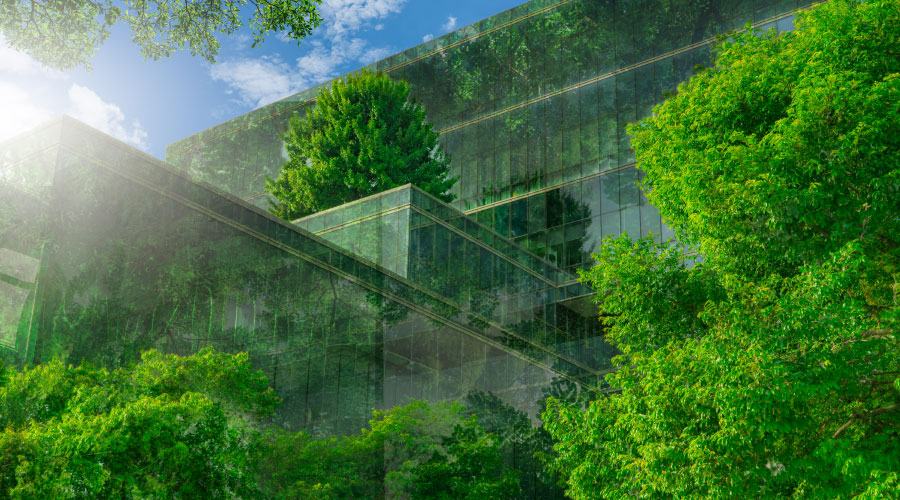USGBC Perspective: Top 10 States for LEED
Part 5 of the 5-part Green Building Report
The U.S. Green Building Council (USGBC) recently released its annual Top 10 States for LEED. Within the top 10 U.S. states, 1,633 commercial and institutional projects were LEED-certified in 2015 — representing 274.9 million square feet of space. These states were responsible for an 8 percent increase in the amount of certified space over last year.
Now in its sixth year, the list is calculated using per capita figures to fairly compare states with significant differences in population and number of overall buildings. The Top 10 list is based on 2010 U.S. census data and includes commercial and institutional green building projects that were certified in 2015. This approach provides a window into the impact of LEED activity on the lives of residents in these states over the course of a year.
The 2015 list’s average of 2.47 LEED-certified gross square feet per capita is the highest per capita average among the top 10 states since 2010. This year, four out of the six states included in the 2014 list (Illinois, Maryland, Massachusetts, and California) increased the amount of space they certified per resident, and have made the list again.
For the third year in a row, Illinois ranks No.1 with 161 LEED certifications in 2015. Illinois and Colorado (No. 5) are the only states to have made the list every year. Nevada (No. 6) made a comeback after a three-year hiatus.
Massachusetts jumped to No. 3 in 2015 from No. 5 in 2014. For the first time, Utah broke into the list at No. 10, with nearly 4.5 million square feet of space LEED-certified in 2015, representing 1.63 square feet per person. Utah’s emergence demonstrates how LEED is expanding beyond states with dense population.
California, the nation’s most populous state, held onto its No. 7 rank, with 618 projects LEED-certified, totaling over 87 million square feet — the most out of all states listed. Among the top 10 states, California also recorded the most projects certified LEED v4. Colorado and Illinois also each had one LEED v4-certified project in 2015.
Maryland (No. 2) and Virginia (No. 9) maintain a strong presence in the list, solidifying the mid-Atlantic region’s status as the epicenter of green building. Washington, D.C., which is not ranked due to its status as a federal territory, continues to lead the nation with 11.61 million square feet certified in 2015 — about 19 square feet per resident.
With nearly 170,000 gross square meters gaining LEED certification per day, the green building industry is growing rapidly. Worldwide, 4,837 projects were certified in 2015, totaling 818.9 million square feet — the most space LEED-certified in a single year. That number, which represents a 21 percent increase in certified space over 2014, is a clear indication of the global impact of LEED.
Related Topics:
















